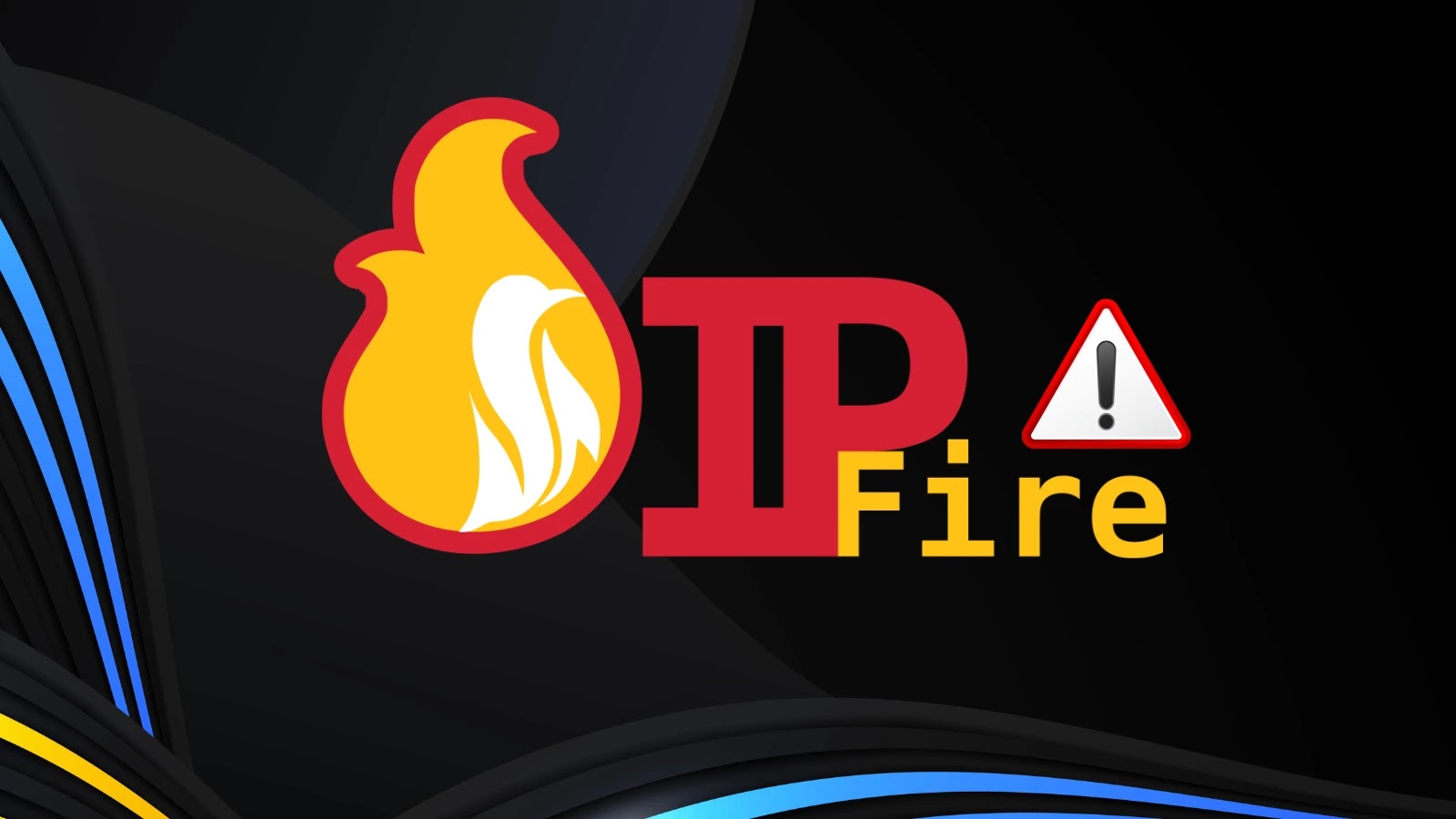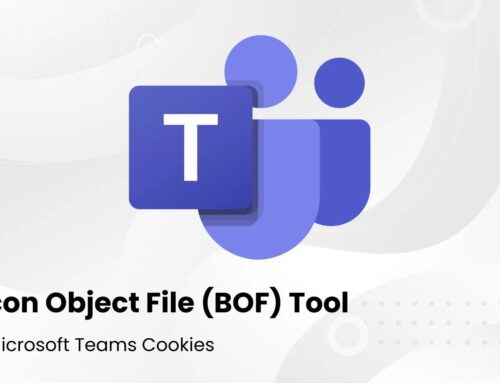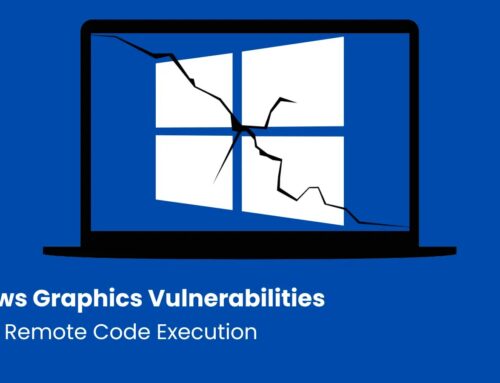
IPFire Web-Based Firewall Interface Allows Authenticated Administrator to Inject Persistent JavaScript
Unmasking CVE-2025-50975: Persistent XSS in IPFire’s Firewall Interface
The digital perimeter of any organization relies heavily on robust firewall solutions. When even these critical defenses harbor vulnerabilities, the implications can be severe. A recent discovery, tracked as CVE-2025-50975, has brought to light a significant stored Cross-Site Scripting (XSS) vulnerability within the widely used IPFire 2.29 web-based firewall interface. This flaw allows an authenticated administrator to inject persistent JavaScript, posing a direct threat to the integrity and control of the firewall.
Understanding the IPFire XSS Vulnerability (CVE-2025-50975)
The core of CVE-2025-50975 lies within IPFire’s firewall.cgi component. Specifically, the vulnerability permits an already authenticated administrator to embed malicious JavaScript within firewall rule parameters. This isn’t a transient XSS; it’s a stored XSS. Once injected, the malicious payload is saved within the firewall’s configuration. The real danger emerges when another administrator subsequently loads the rules page. At that point, the stored JavaScript automatically executes in their browser, unbeknownst to them.
This persistent nature significantly elevates the risk. Unlike reflected XSS, which requires a user to click a specially crafted link, stored XSS persists in the application’s database. Anyone viewing the compromised page becomes a potential victim without further interaction, making it a highly effective attack vector for insider threats or compromised administrator accounts.
Potential Impacts of Persistent JavaScript Injection
The execution of malicious JavaScript within the context of a legitimate administrator’s browser can lead to a cascade of detrimental outcomes for network security and firewall management:
- Session Hijacking: The injected script can steal the administrator’s session cookies, allowing an attacker to hijack their session and gain unauthorized control over the firewall interface without needing their credentials.
- Unauthorized Actions: An attacker could programmatically manipulate firewall rules, create new rules, delete existing ones, or even reconfigure network parameters using the compromised administrator’s privileges. This could lead to opening backdoors, redirecting traffic, or disabling critical security features.
- Data Exfiltration: Sensitive configuration data, network statistics, or even user credentials displayed within the interface could be exfiltrated by the malicious script to an attacker-controlled server.
- Defacement or Sabotage: While less common, the XSS could be used to deface the web interface or render it unusable, causing operational disruption.
- Further Compromise: The initial XSS could be a stepping stone for more advanced attacks, such as exploiting browser vulnerabilities or planting malware on the administrator’s workstation.
Remediation Actions for IPFire Users
Addressing CVE-2025-50975 as quickly as possible is paramount for any organization utilizing IPFire. Here are critical steps to take:
- Update IPFire Immediately: The most crucial step is to apply the latest security patches released by the IPFire project. These updates will contain the fix for this specific XSS vulnerability. Always prioritize applying security updates for your firewall software.
- Review Firewall Rule Parameters: Even after updating, it’s prudent to review all existing firewall rule parameters for any unusual or suspicious entries that might contain obfuscated or unexpected characters. Remove any such entries.
- Implement Strong Administrator Security Practices:
- Enforce Multi-Factor Authentication (MFA) for all administrator accounts accessing the IPFire interface.
- Use strong, unique passwords for administrator accounts.
- Regularly audit administrator access logs for any suspicious activity.
- Implement the principle of least privilege for administrators.
- Web Application Firewall (WAF): While IPFire is a network firewall, placing a WAF in front of its web interface can add an additional layer of protection against various web-based attacks, including XSS.
- Security Awareness Training: Ensure all administrators are aware of social engineering tactics and the dangers of clicking suspicious links or inputting data into untrusted forms.
Tools for Vulnerability Assessment and Mitigation
Various tools can assist in detecting and mitigating web application vulnerabilities like XSS. While primarily for general web applications, some can be adapted or inform the overall security posture:
| Tool Name | Purpose | Link |
|---|---|---|
| OWASP ZAP | Web application security scanner; can identify XSS and other vulnerabilities. | https://www.zaproxy.org/ |
| Burp Suite | Manual penetration testing tool with automated scanning capabilities; widely used for web vuln discovery. | https://portswigger.net/burp |
| Nessus | Vulnerability scanner for networks and applications, often includes web application checks. | https://www.tenable.com/products/nessus |
| HTML Purifier | Library for filtering HTML and preventing XSS, useful for developers creating secure inputs. | http://htmlpurifier.org/ |
Conclusion: Fortifying IPFire Against Persistent Threats
The discovery of CVE-2025-50975 in IPFire underscores the persistent threat of web application vulnerabilities, even within critical infrastructure components like firewalls. A stored XSS capable of executing malicious JavaScript from within the administrative interface is a severe flaw that can lead to complete compromise of network security. Prompt application of vendor patches, coupled with stringent administrative security practices and continuous monitoring, is essential to mitigate such risks and maintain a robust and secure defensive posture. Staying informed about newly disclosed vulnerabilities, particularly those affecting core security appliances, is non-negotiable for IT security professionals.





